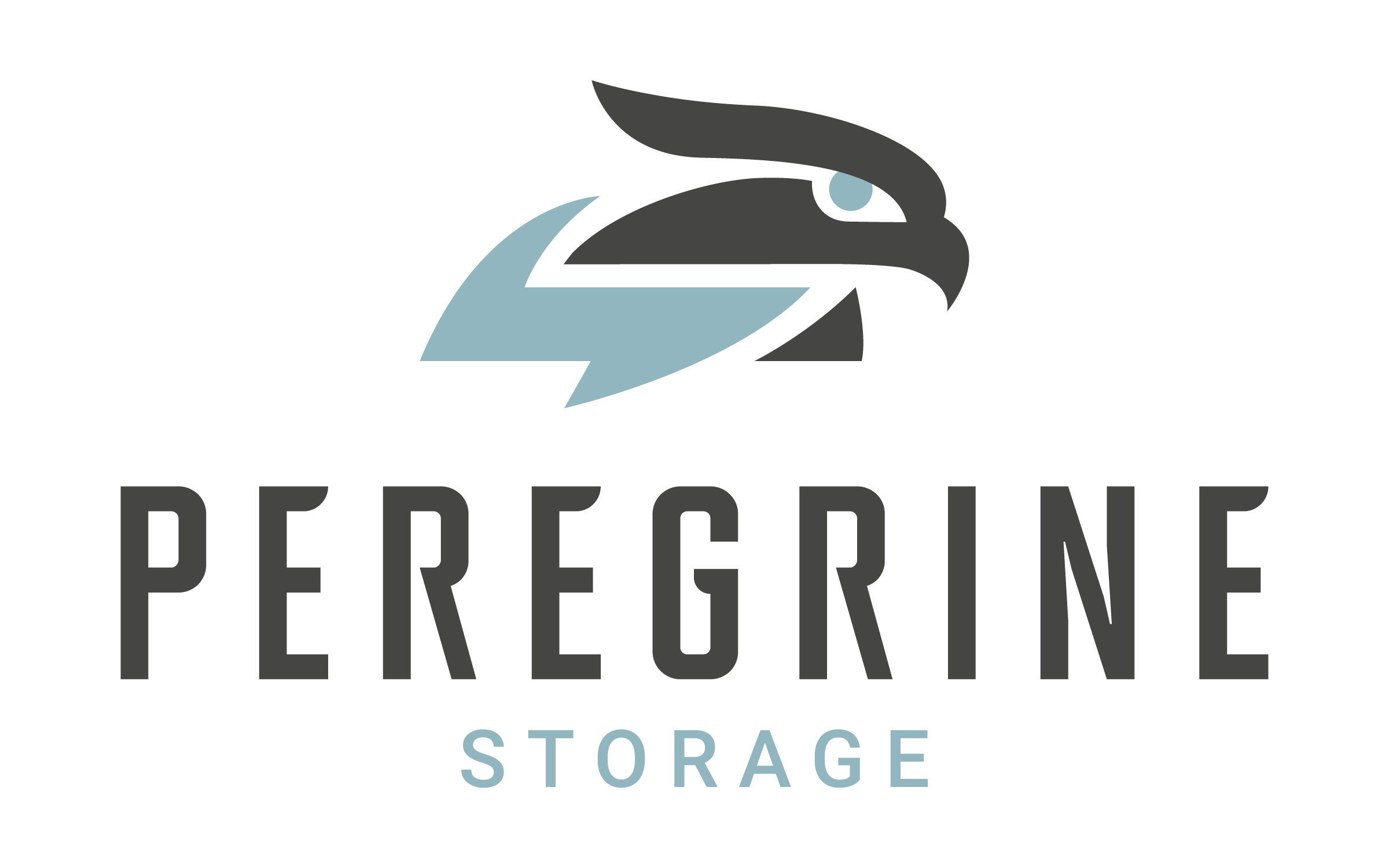SAN DIEGO – As California’s energy grid continues to be tested amid rolling brownouts, the San Diego area willsoon gain capacity support from a new battery storage facility. The 200-megawatt (MW)/400 megawatt-hour (MWh) project named Peregrine is being developed by Tenaska in collaboration with Arevon and will use Tesla Megapack. Located at 27th and Main streets in Barrio Logan, the project is expected to break ground in early 2022.
“By developing the largest battery storage project planned for San Diego, Arevon is proud to provide a solution to the region’s energy challenges,” said Justin Johnson, executive vice president and chief operating officer of Arevon. “California currently relies on carbon-emitting fossil-fueled power resources to meet daily and peak energy needs. Battery storage is quiet, safe, reliable and cost-effective, and it will reduce the state’s dependence on fossil fuels.”
Increasing battery storage supports the California Public Utilities Commission’s call for additional reliability resources for the state. According to leaders of the California Independent System Operator (CAISO) grid, reaching California’s goal of a carbon-free grid by 2045 could require building 48,000 MW of battery storage.
“Given our bold climate goals at both the city and state level, investments in energy storage are critical to support increasing levels of renewable energy production and maintain a flexible and resilient electricity grid,” said City of San Diego Mayor Todd Gloria. “We hope to see more energy storage projects like this one throughout the region in alignment with our Climate Action Plan and Climate Resilient SD goals.”
Battery storage adds greater reliability and resiliency to the electrical grid. During times of peak energy generation, such as when power from solar or wind is in abundance, batteries can be charged to capture excess generation. Batteries can then discharge this stored generation into the grid during times of peak energy demand.
“The Peregrine project will efficiently store energy at peak solar production times for later use in high energy demand evenings,” said Tim Hemig, senior vice president in Tenaska’s Strategic Development & Acquisitions Group. “This type of state-of-the-art technology solves some of California’s greatest energy challenges.”
Pending permitting approvals, construction of the Peregrine project is expected to begin in early 2022 and span one year. At the peak of construction, approximately 50 to 75 local workers will be on site. The project site will include reconstructed sidewalks, carbon-sequestering trees and improved street lighting. The Peregrine project team is also working with neighborhood schools to support STEM education programs focused on renewable energy.

